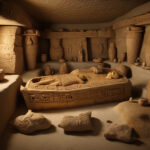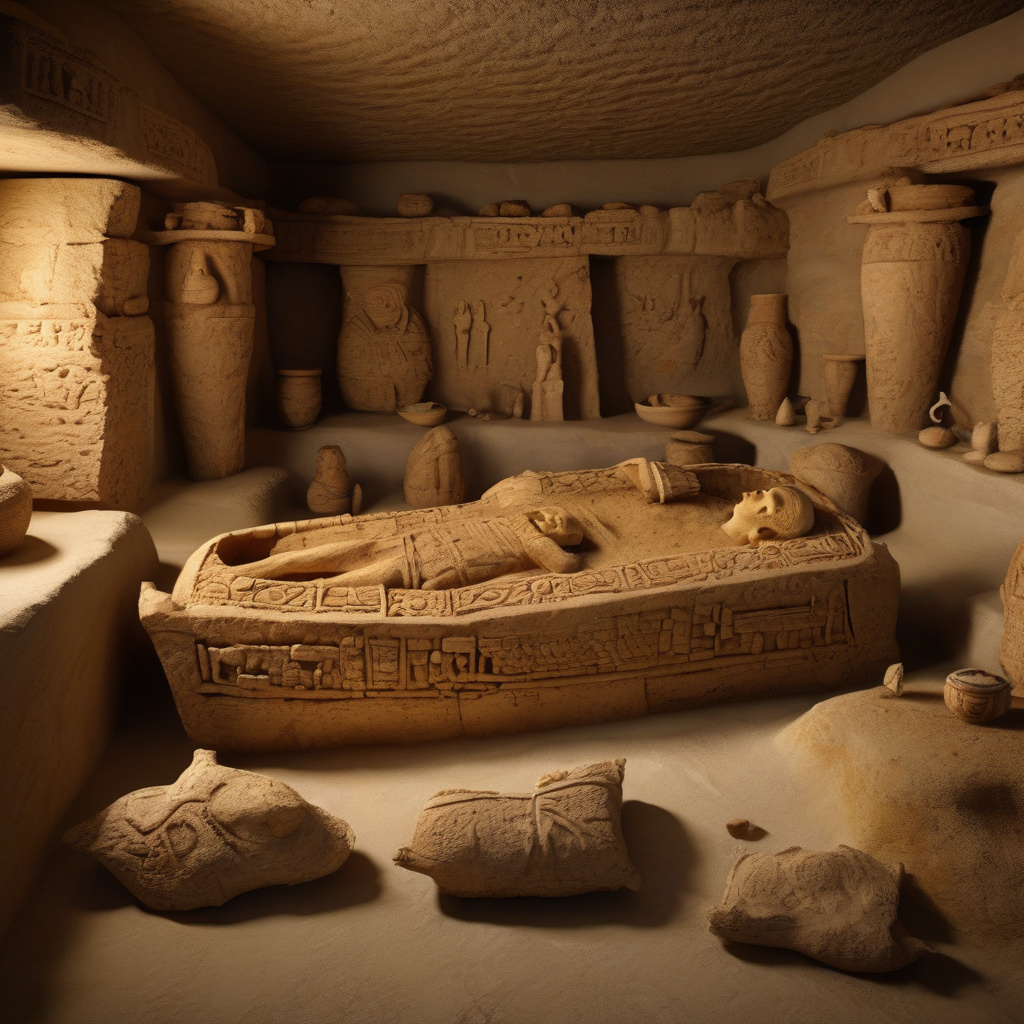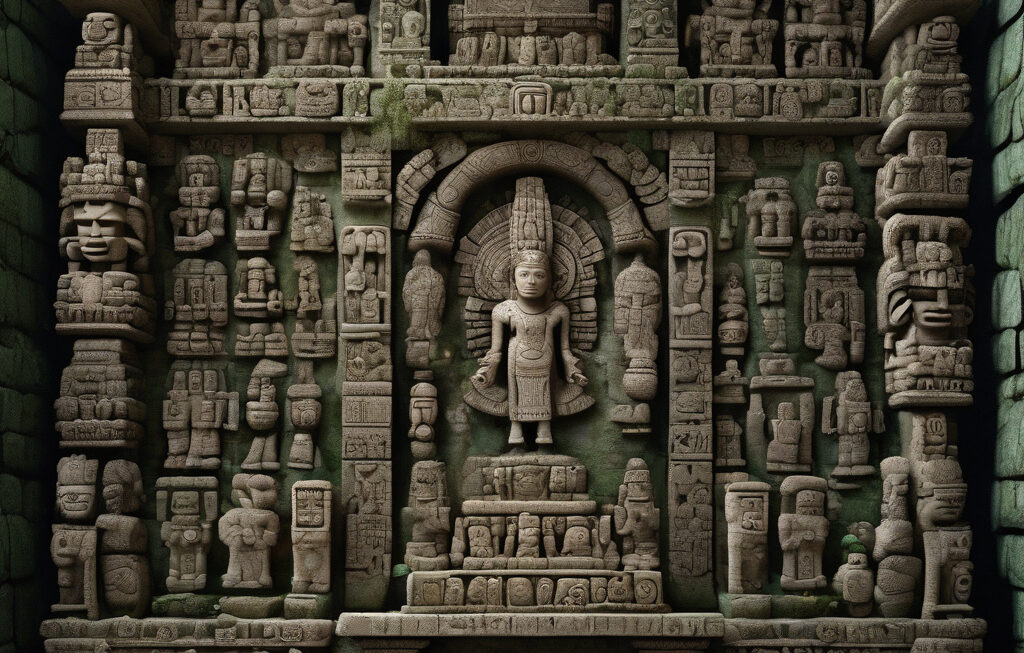Unveiling Ancient Secrets: The 5,000-Year-Old Tomb in Spain Shedding Light on Bronze Age Trade and Burial Practices
Archaeologists in southern Spain have uncovered one of Andalusia’s most monumental and best-preserved prehistoric dolmens, dating back a staggering 5,000 years. This remarkable discovery is not only a testament to the advanced architectural skills of our ancient ancestors but also provides invaluable insights into the trade networks and burial customs of the Bronze Age civilizations.
The dolmen, located in the municipality of Antequera in the province of Malaga, is a megalithic tomb made of large stone blocks and covered by a mound of earth. Its sheer size and intricate construction indicate that it was built for individuals of high status or importance within the community. The tomb’s strategic location, overlooking fertile plains and surrounded by natural resources, suggests that the people who constructed it were well-connected and engaged in long-distance trade.
One of the most intriguing aspects of this discovery is the presence of artifacts from distant regions, such as the Mediterranean coast and North Africa, within the tomb. These finds indicate that the Bronze Age communities in southern Spain were actively participating in trade networks that extended far beyond the Iberian Peninsula. The exchange of goods, ideas, and cultural practices would have played a crucial role in shaping the social and economic dynamics of the region during this period.
In addition to shedding light on ancient trade networks, the tomb provides valuable insights into the burial practices of the Bronze Age societies. The presence of human remains, along with funerary offerings such as pottery, tools, and personal ornaments, suggests that the deceased were honored and remembered in elaborate ceremonies. The careful placement of these items within the tomb reflects a belief in the afterlife and the importance of ensuring a prosperous journey to the underworld.
Furthermore, the architectural design of the dolmen itself offers clues about the religious and spiritual beliefs of the people who built it. The entrance corridor, leading to a central chamber where the burial took place, may have symbolized a passage from the world of the living to the realm of the dead. The orientation of the tomb towards the rising and setting sun during the solstices hints at a sophisticated understanding of celestial movements and the cycle of life and death.
As archaeologists continue to unravel the mysteries of this 5,000-year-old tomb in Spain, the significance of this discovery cannot be overstated. It not only enriches our understanding of the Bronze Age civilizations that once thrived in the region but also highlights the enduring legacy of ancient trade routes and burial practices that have shaped our modern world.
In conclusion, the uncovering of this monumental dolmen in southern Spain serves as a poignant reminder of the ingenuity and cultural richness of our ancestors. By piecing together the fragments of the past, we can gain a deeper appreciation for the interconnectedness of human societies across time and space.
#SpainHistory, #BronzeAgeTrade, #AncientCivilizations, #ArchaeologicalDiscovery, #CulturalHeritage












